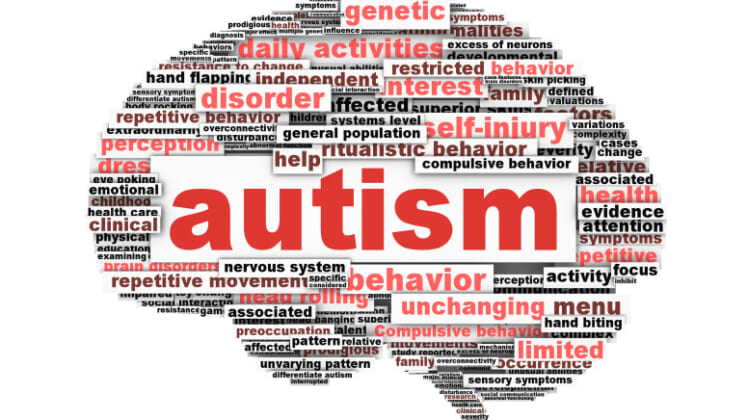Autistic Brain is More Visual Than Non-Autistic Brain, Researchers Say

According to a new study, the brains of people with autism allocate more resources to areas that concentrate on visual perception, which results in less activity on other areas that are used to plan and control thoughts and actions, US News and World Report reported.
University of Montreal researchers said their findings may shed light on why people with autism have exceptional visual abilities.
The researchers collected and analyzed data from 26 brain imaging studies that were conducted over a period of 15 years and included a total of about 700 patients, evenly split between autistic and non-autistic.
“Through this meta-analysis, we were able to observe that autistics exhibit more activity in the temporal and occipital regions and less activity in frontal cortex than non-autistics,” said first author Fabienne Samson.
The temporal and occipital regions of the brain are associated with perceiving and recognizing patterns and objects, and the frontal areas deal with decision making, cognitive control, planning and execution.
Therefore, the findings indicate that enhanced perceptual process is a central feature of neural organization in people with autism, according to the researchers.
“We now have a very strong statement about autism functioning, which may be ground for cognitive accounts of autistic perception, learning, memory and reasoning,” said Dr. Laurent Mottron, of the university’s Centre for Excellence in Pervasive Development Disorders.
Based on the study results, it appears that the autistic brain adapts some of its cognitive functioning by reallocating brain areas to visual perception. The finding may pave the way for new areas in autism research.
The study was published in the journal Human Brain Mapping.
